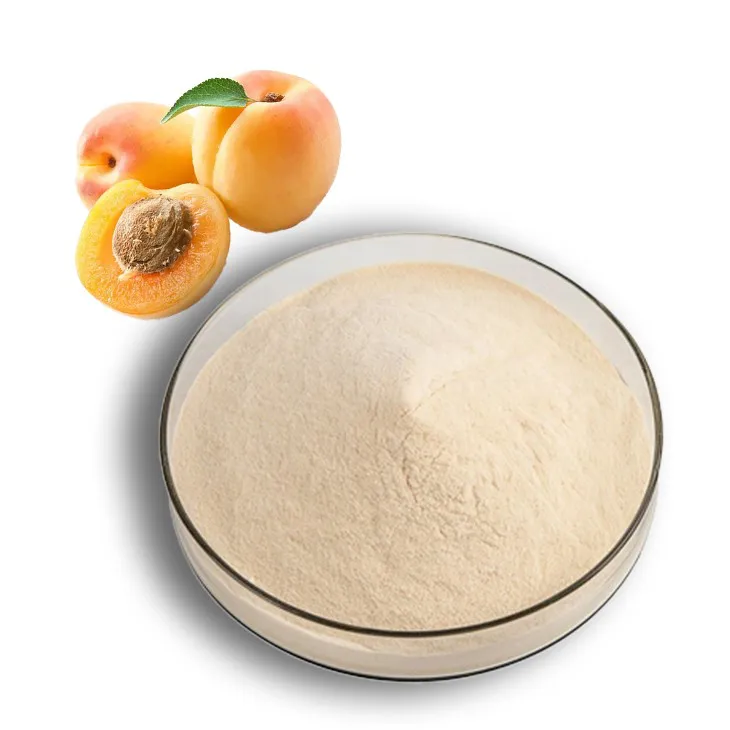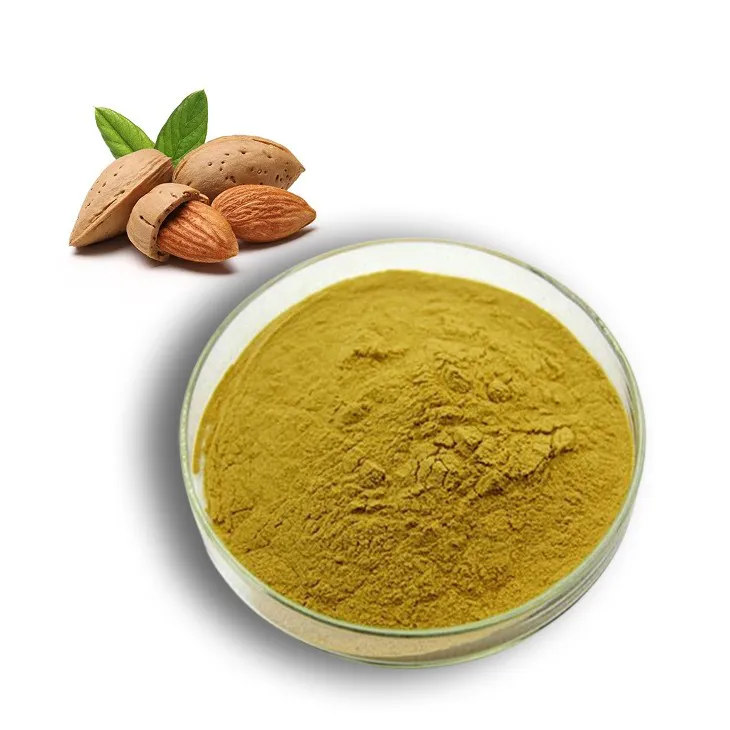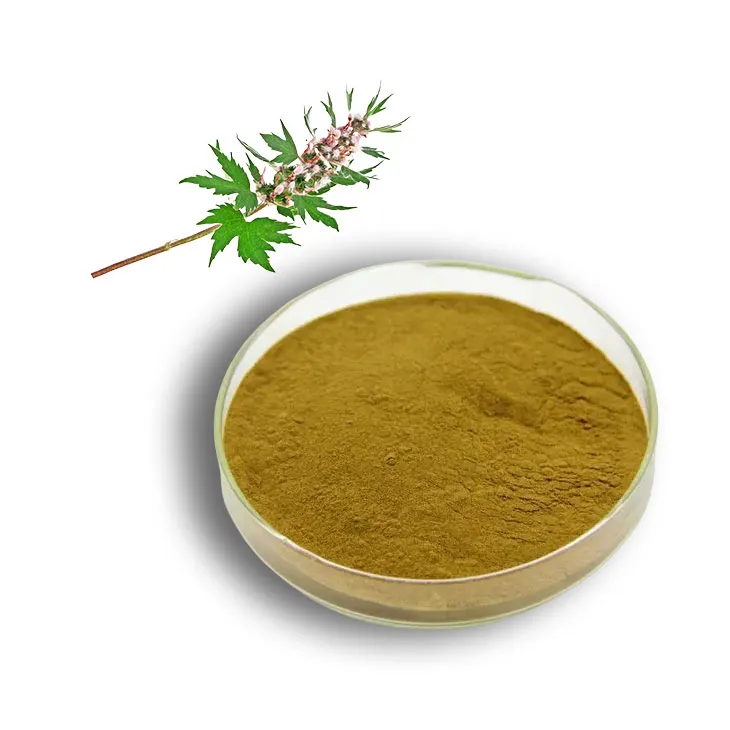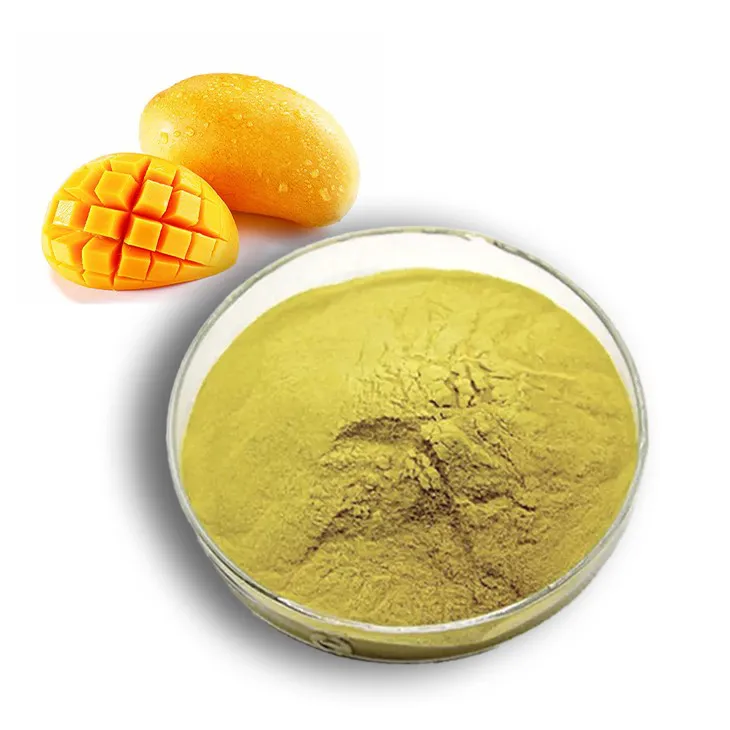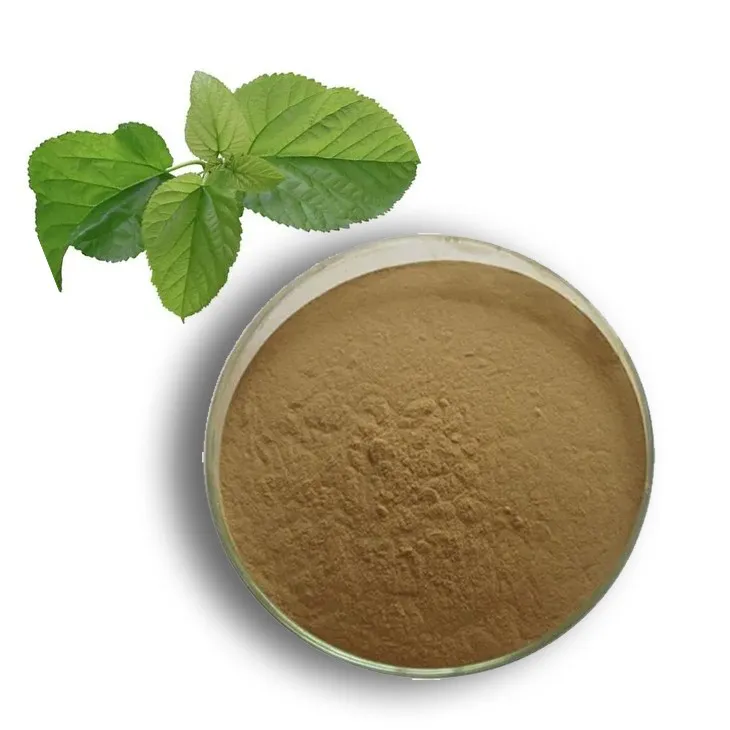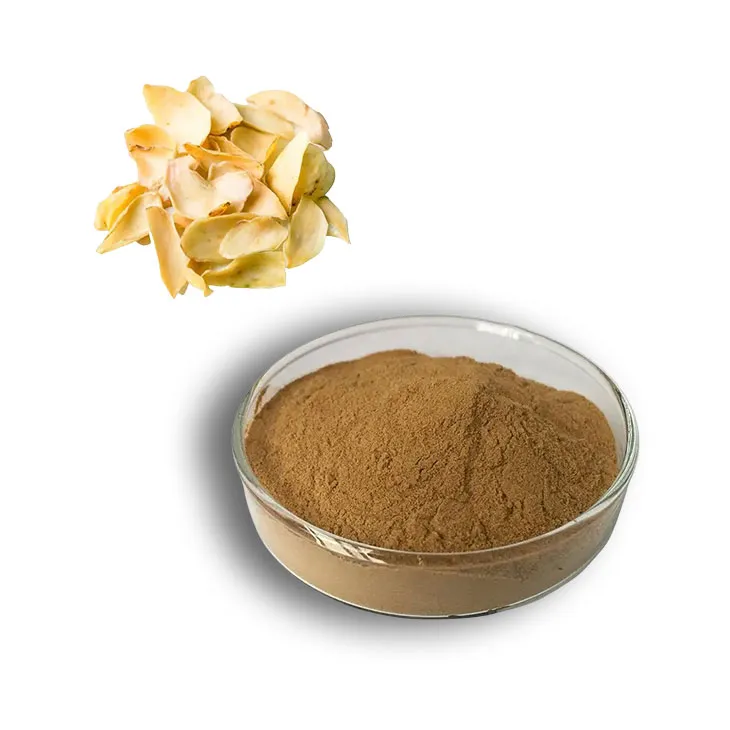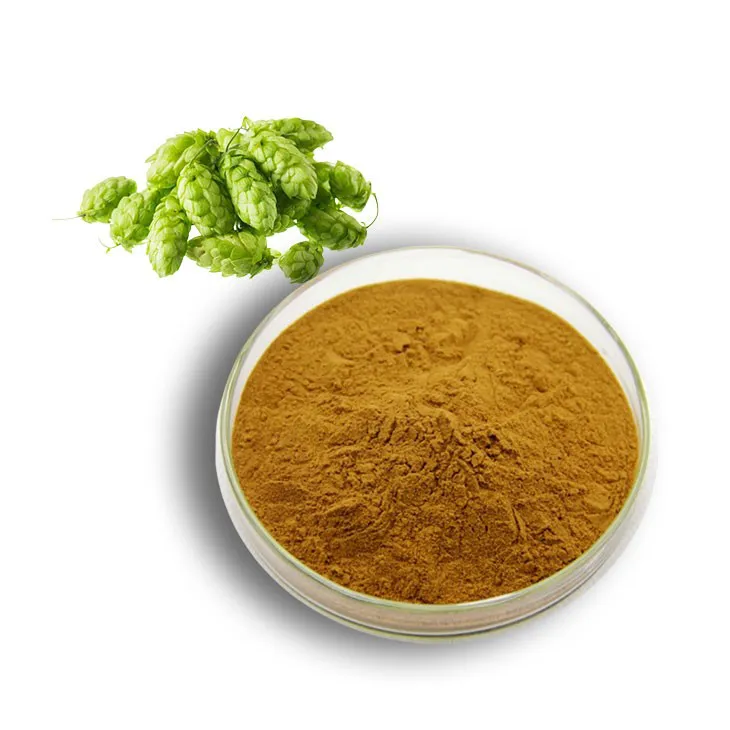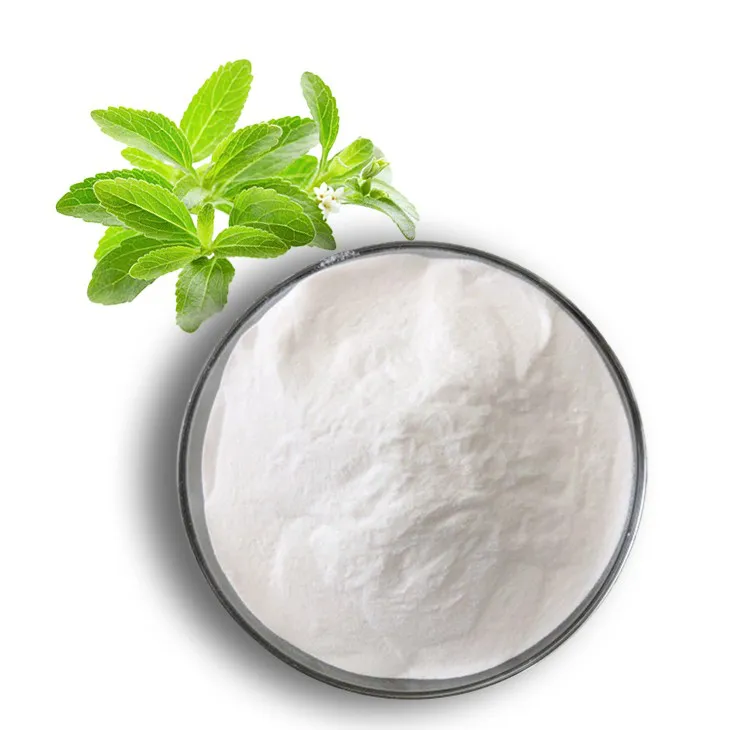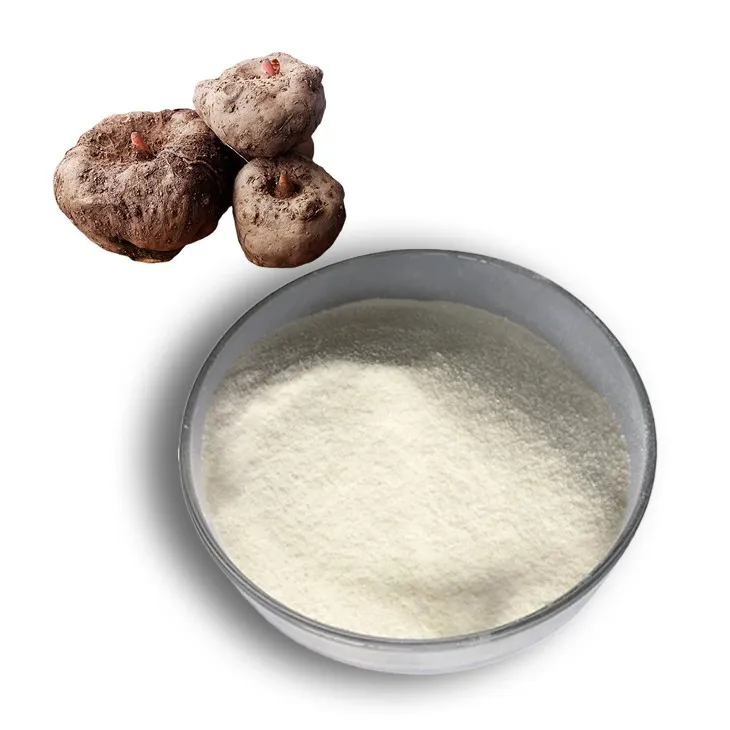- 0086-571-85302990
- sales@greenskybio.com
Clove Powder Production: A Complete Guide for Consumers and Manufacturers
2024-12-10
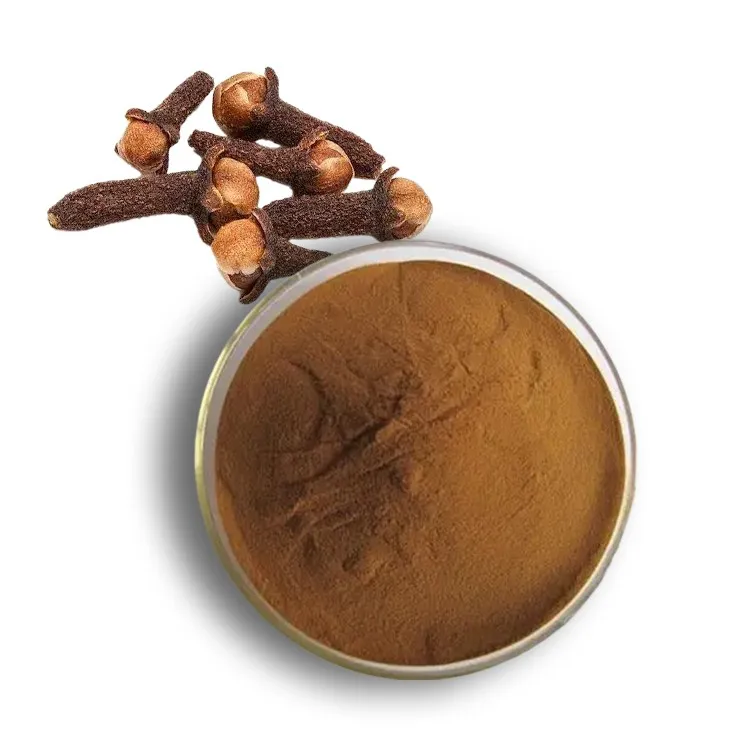
1. Introduction
Clove Powder is a widely used spice with a rich, warm, and aromatic flavor. It has a long history in cooking, traditional medicine, and even in some cosmetic applications. For consumers, understanding how it is produced can help in identifying high - quality products. For manufacturers, this knowledge is essential for efficient and high - quality production. This guide will take you through the entire process of Clove Powder production, from the sourcing of cloves to the final product.
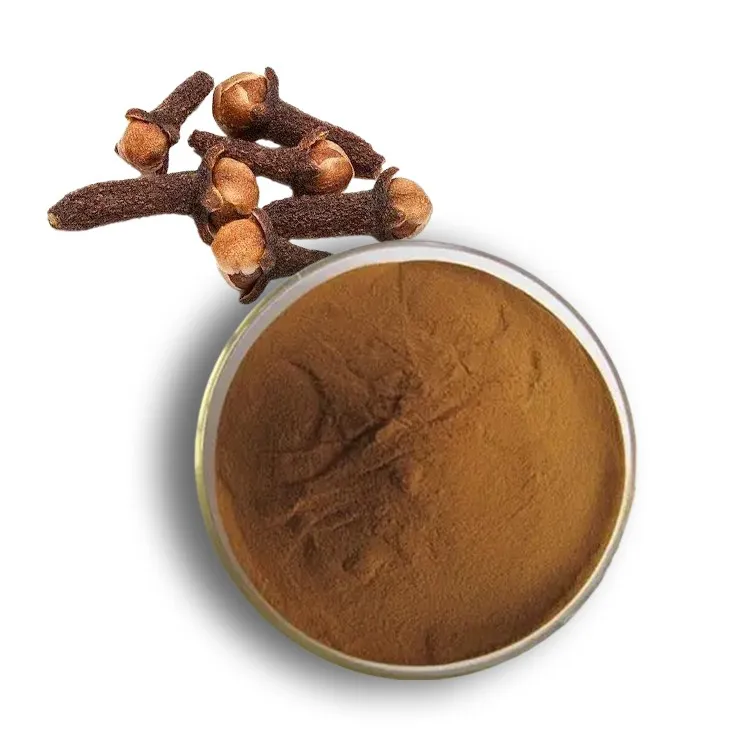
2. Sourcing of Cloves
2.1. Origin of Cloves
Cloves are native to the Maluku Islands in Indonesia, also known as the Spice Islands. However, today they are also grown in other tropical regions such as Madagascar, Zanzibar (Tanzania), and Sri Lanka. The origin of the cloves can significantly impact their quality. Cloves from different regions may have slightly different flavor profiles due to variations in soil, climate, and cultivation methods.
2.2. Selecting High - Quality ClovesWhen sourcing cloves for powder production, several factors need to be considered:
- Appearance: High - quality cloves are typically dark brown in color, with a plump and intact shape. They should not be shriveled or broken.
- Aroma: A strong, sweet, and spicy aroma is a sign of fresh and good - quality cloves. If the cloves have a weak or musty smell, they may be of inferior quality.
- Moisture Content: The moisture content should be low. Excess moisture can lead to mold growth during storage and can also affect the grinding process. Cloves that feel damp or soft may have a high moisture content.
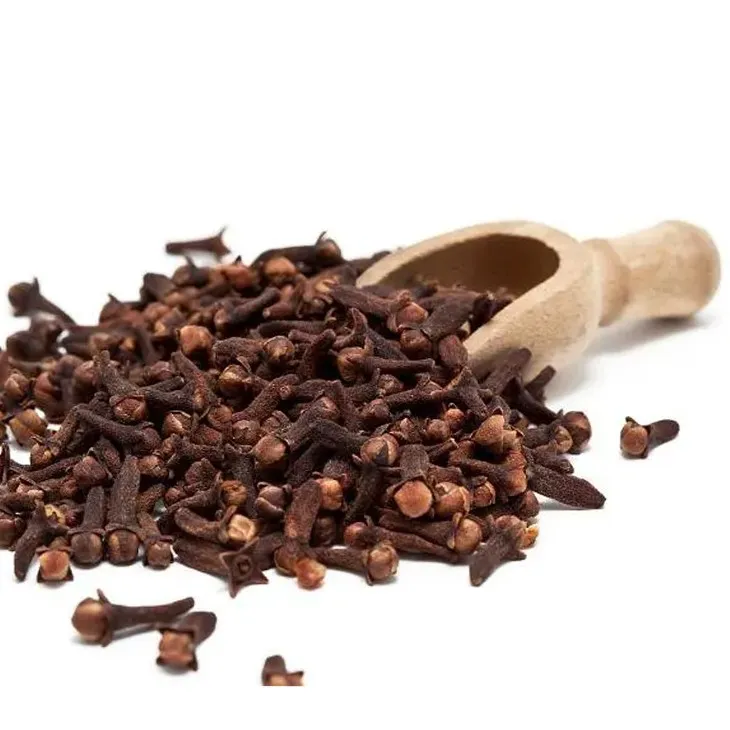
3. Harvesting of Cloves
3.1. Harvest Time
Cloves are harvested when they reach the appropriate stage of maturity. In general, cloves are harvested when the flower buds have turned from green to a pinkish - red color. Harvesting at the right time ensures the best flavor and aroma. If harvested too early, the cloves may not have fully developed their characteristic flavor. If harvested too late, the cloves may start to deteriorate.
3.2. Harvesting MethodsTraditionally, cloves are hand - picked to ensure that only the mature buds are selected. This is a labor - intensive process but helps in maintaining the quality of the cloves. In some larger plantations, mechanical harvesting may be used, but it requires careful calibration to avoid picking unripe or overripe buds.
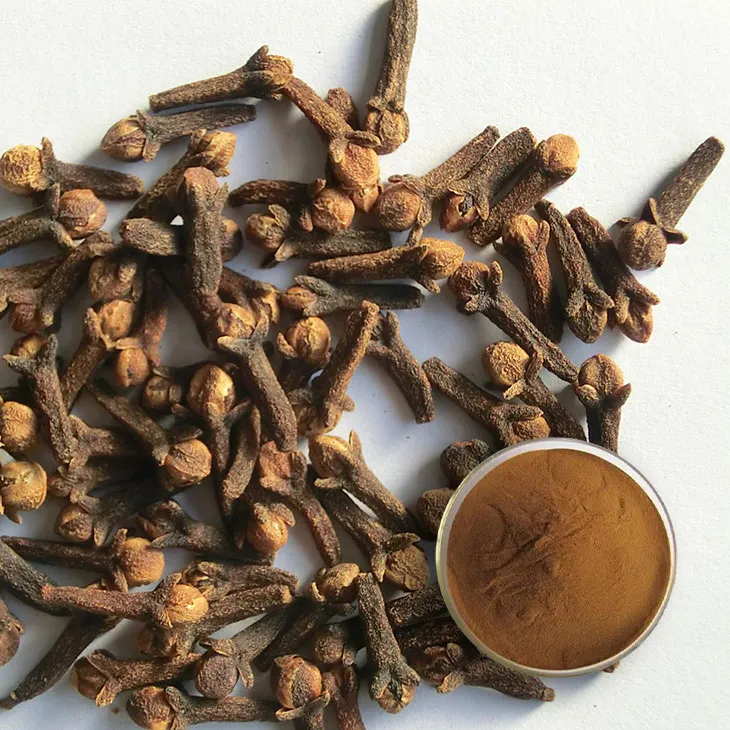
4. Drying of Cloves
4.1. Importance of Drying
Drying is a crucial step in the production of Clove Powder. It helps to reduce the moisture content, which in turn prevents the growth of mold and bacteria. Dried cloves also have a more concentrated flavor and a longer shelf - life.
4.2. Drying MethodsThere are several methods for drying cloves:
- Sun Drying: This is the most traditional method. Cloves are spread out in a thin layer on clean, dry mats or trays and left in the sun. However, this method requires good weather conditions and careful monitoring to prevent over - drying or under - drying.
- Oven Drying: In a controlled - environment oven, cloves can be dried at a low temperature (around 40 - 50°C). This method is faster than sun drying and can be used when the weather is not suitable for sun drying. However, it requires careful temperature control to avoid burning the cloves.
- Dehydrator Drying: A dehydrator can be used to dry cloves evenly. Set the dehydrator to a low - temperature setting (usually between 35 - 45°C) and dry the cloves until they reach the desired moisture level.
The dried cloves should be brittle but not overly hard. They should snap easily when bent. A moisture meter can be used to accurately measure the moisture content, which should be around 10 - 12% for optimal storage and further processing.
5. Grinding of Cloves
5.1. Pre - Grinding Preparation
Before grinding, it is important to ensure that the dried cloves are clean and free from any foreign particles such as dirt or stems. They can be sieved or hand - sorted to remove any unwanted materials.
5.2. Grinding EquipmentThere are different types of grinding equipment that can be used for making clove powder:
- Mortar and Pestle: This is the most traditional and basic method. It is suitable for small - scale production or for making a very fine - textured powder. However, it is time - consuming and labor - intensive.
- Electric Spice Grinders: These are convenient for home use or small - scale production. They can quickly grind cloves into a fine powder. However, they may not be suitable for large - scale production due to their relatively small capacity.
- Industrial - grade Grinding Mills: These are used for large - scale production of clove powder. They can handle large quantities of cloves and produce a consistent powder texture. However, they are expensive and require proper maintenance.
When grinding, start with a small amount of cloves at a time to ensure an even grind. If using a mortar and pestle, apply gentle pressure and grind in a circular motion. For electric grinders, follow the manufacturer's instructions. For industrial - grade mills, the cloves are usually fed into the hopper, and the grinding process is automated.
6. Quality Control in Clove Powder Production
6.1. Particle Size and Texture
The particle size and texture of the clove powder can affect its usability and quality. For most applications, a fine - textured powder is preferred. The powder should be free from large lumps or unground particles. A sieve can be used to check the particle size and remove any oversized particles.
6.2. Aroma and FlavorThe aroma and flavor of the clove powder should be characteristic of fresh cloves. Any off - odors or a weak flavor may indicate a problem in the production process, such as improper drying or grinding. Quality control tests can include sensory evaluation by trained tasters.
6.3. Moisture ContentAs mentioned earlier, the moisture content of the clove powder should be within a certain range (around 10 - 12%). High moisture content can lead to caking and spoilage, while low moisture content can cause the powder to lose its flavor more quickly. A moisture meter can be used to regularly monitor the moisture content during production and storage.
6.4. Contaminant ScreeningThe clove powder should be free from contaminants such as dirt, stones, or other foreign substances. Visual inspection and sieving can help in removing larger contaminants. For more thorough screening, advanced techniques such as metal detectors can be used in industrial production to ensure product safety.
7. Packaging of Clove Powder
7.1. Packaging Materials
For the packaging of clove powder, suitable materials need to be chosen. Commonly used materials include:
- Glass Jars: Glass jars are airtight and can protect the clove powder from moisture, light, and air. They are suitable for high - quality products and are often used for retail packaging.
- Plastic Bags: Plastic bags, especially those made of laminated materials with good barrier properties, can be used for packaging clove powder. They are lightweight and cost - effective, but may not offer the same level of protection as glass jars.
- Tin Cans: Tin cans are durable and provide excellent protection against moisture, air, and light. They are often used for larger - quantity packaging or for products that require long - term storage.
The clove powder should be filled into the packaging materials in a clean and dry environment. For bags, they should be properly sealed to prevent air and moisture from entering. For jars and cans, the lids should be tightly closed. In addition, proper labeling should be added, including information such as the product name, origin, batch number, and expiration date.
8. Storage of Clove Powder
8.1. Ideal Storage Conditions
Clove powder should be stored in a cool, dry, and dark place. The ideal temperature for storage is around 10 - 20°C. High temperatures can cause the powder to lose its flavor more quickly, and high humidity can lead to caking or spoilage. Storing in a dark place helps to protect the powder from light - induced degradation.
8.2. Shelf - LifeUnder proper storage conditions, clove powder can have a shelf - life of about 1 - 2 years. However, the actual shelf - life may vary depending on factors such as the initial quality of the cloves, the production process, and the storage conditions.
9. Conclusion
The production of clove powder involves a series of important steps, from sourcing high - quality cloves to proper packaging and storage. For consumers, understanding these processes can help in making informed purchasing decisions and ensuring the quality of the product they use. For manufacturers, following these guidelines can lead to efficient production, high - quality products, and customer satisfaction.
FAQ:
Q1: How are cloves sourced for clove powder production?
Cloves are typically sourced from clove trees, which are mainly grown in tropical regions. The best cloves for powder production are usually those that are fully matured. They are carefully harvested to ensure their quality. Growers look for cloves with a rich, dark color and a strong aroma. After harvesting, they are sorted to remove any damaged or under - developed cloves before being sent for further processing.
Q2: What is the process of converting cloves into powder?
First, the sourced cloves are thoroughly cleaned to remove any dirt or debris. Then, they are dried. Drying can be done either naturally in the sun or using artificial drying methods, depending on the scale of production. Once dried, the cloves are ground into a fine powder. This can be achieved using a mortar and pestle for small - scale production or industrial grinders for large - scale manufacturing.
Q3: How can consumers identify high - quality clove powder?
Consumers can identify high - quality clove powder by its color, aroma, and texture. High - quality clove powder has a rich, brownish - red color. The aroma should be strong, spicy, and characteristic of cloves. In terms of texture, it should be fine and evenly ground. Additionally, checking the label for information about the source and any additives can also help in determining the quality.
Q4: What are some tips for manufacturers to ensure the quality of clove powder production?
Manufacturers should start with high - quality cloves. This means carefully selecting cloves during the sourcing process. They should also ensure proper cleaning and drying techniques to prevent mold or spoilage. Using the right grinding equipment to achieve a consistent particle size is important. Additionally, following strict quality control measures, such as regular testing for purity and potency, can help ensure the production of high - quality clove powder.
Q5: Are there any safety precautions to be taken during clove powder production?
Yes, during the production process, workers should wear appropriate protective gear, especially when handling the cloves during the grinding process to avoid inhaling the powder. Also, proper ventilation in the production area is crucial to prevent the build - up of dust. In terms of storage, clove powder should be stored in a cool, dry place away from direct sunlight to maintain its quality and prevent spoilage.
Q6: What are the common uses of clove powder?
Clove powder is commonly used in cooking and baking. It adds a warm, spicy flavor to dishes such as curries, stews, and cakes. It is also used in the production of certain beverages, like mulled wine. In addition, clove powder has some traditional medicinal uses, such as relieving toothache or aiding digestion, although these should be used with caution and under proper medical advice.
Related literature
- The Production and Quality Control of Spices: Clove as a Case Study"
- "Clove Powder: From Harvest to Household - An Overview of the Production Chain"
- "Advanced Techniques in Clove Powder Production for Optimal Quality"
- ▶ Hesperidin
- ▶ Citrus Bioflavonoids
- ▶ Plant Extract
- ▶ lycopene
- ▶ Diosmin
- ▶ Grape seed extract
- ▶ Sea buckthorn Juice Powder
- ▶ Fruit Juice Powder
- ▶ Hops Extract
- ▶ Artichoke Extract
- ▶ Mushroom extract
- ▶ Astaxanthin
- ▶ Green Tea Extract
- ▶ Curcumin
- ▶ Horse Chestnut Extract
- ▶ Other Product
- ▶ Boswellia Serrata Extract
- ▶ Resveratrol
- ▶ Marigold Extract
- ▶ Grape Leaf Extract
- ▶ New Product
- ▶ Aminolevulinic acid
- ▶ Cranberry Extract
- ▶ Red Yeast Rice
- ▶ Red Wine Extract
-
Clove Powder
2024-12-10
-
Apricot Powder
2024-12-10
-
Almond Extract Powder
2024-12-10
-
Motherwort Extract
2024-12-10
-
Mango flavored powder
2024-12-10
-
Mulberry leaf Extract
2024-12-10
-
Lily extract
2024-12-10
-
Hops Extract
2024-12-10
-
Stevia Extract
2024-12-10
-
Konjac Powder
2024-12-10











